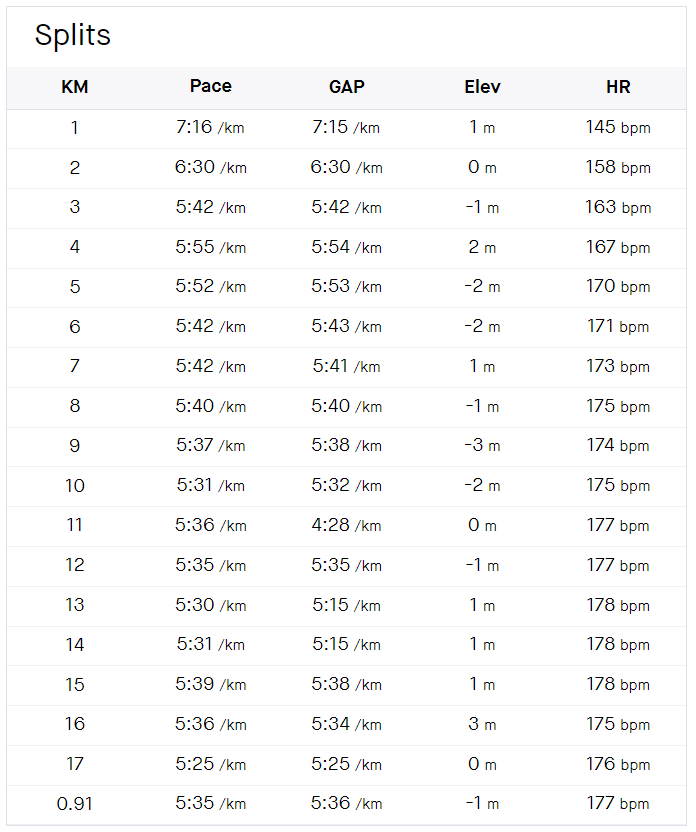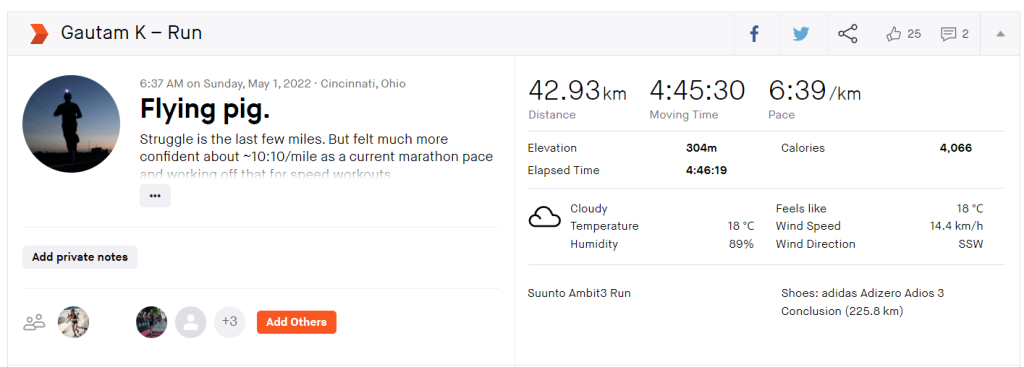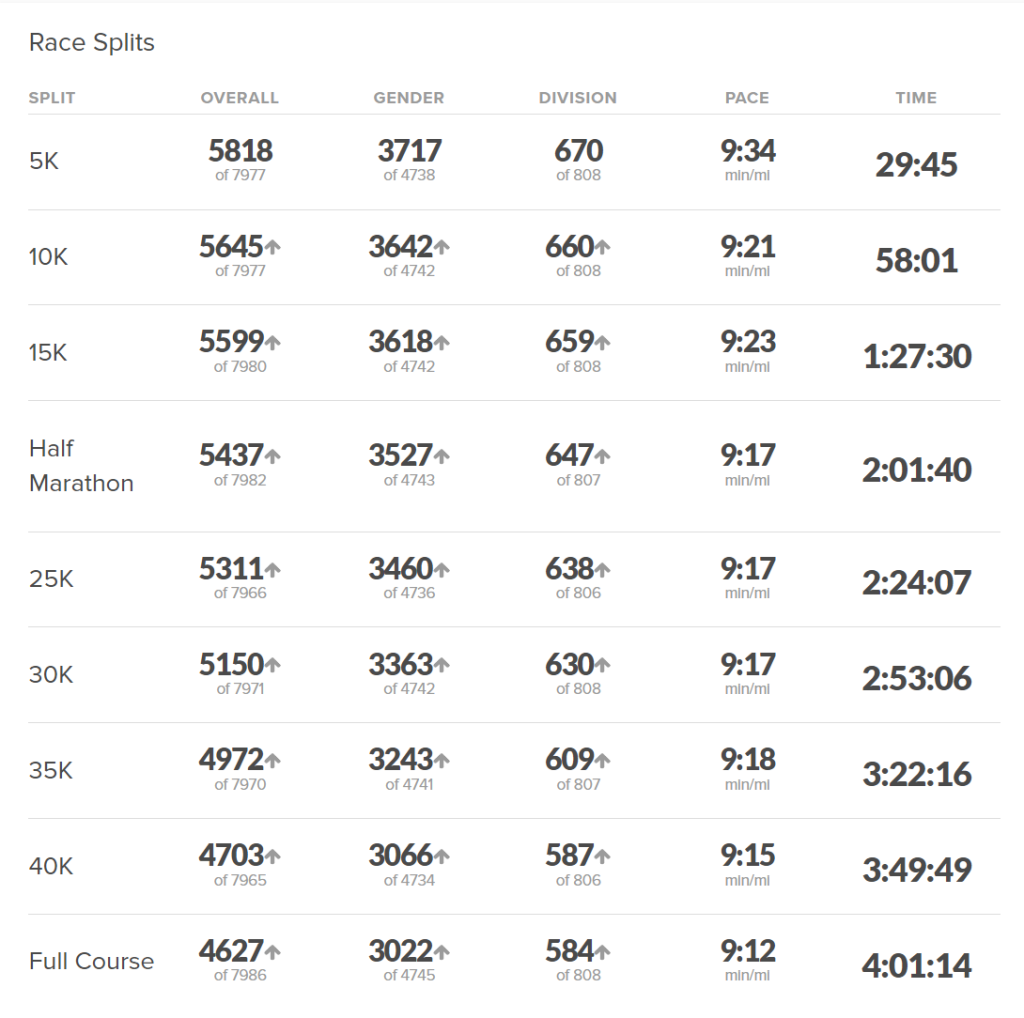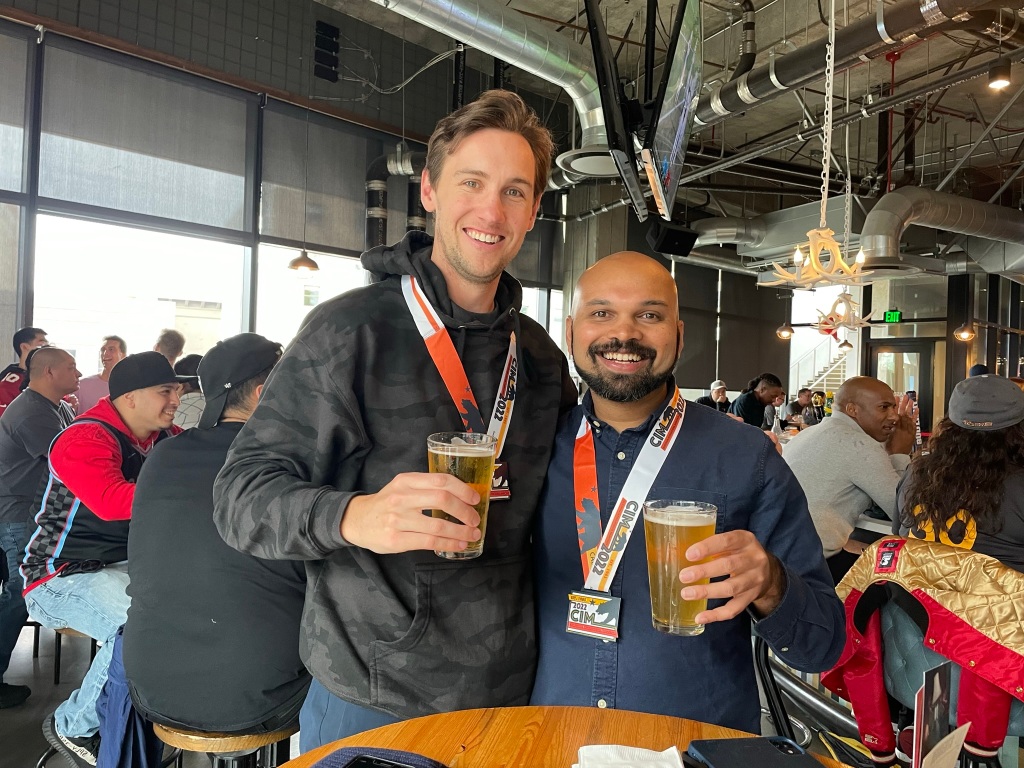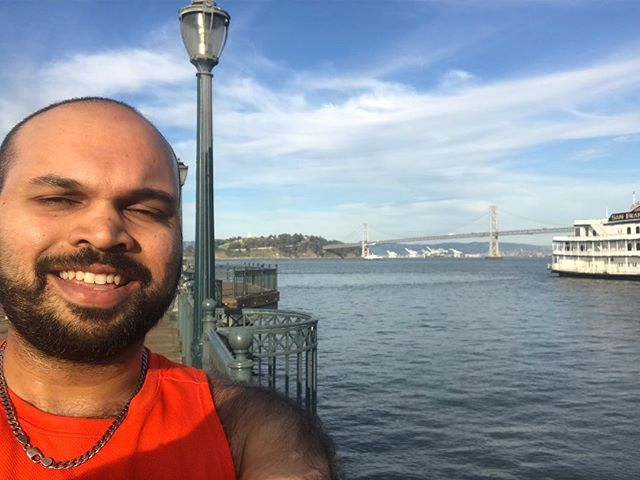Agenda
Retrospection
- Coursework
- Extracurriculars
- Community building
Anterospection
- Internship
- MAP
- Ross Open Road
Introduction
It was a relatively rainy November and December, but this strange fact went largely unnoticed. I often joked about the lovely weather that traveled with me from Seattle, but people didn’t pick up on it. Then again, it was precipitation in November and December… the alternative was not no precipitation – it was snow. We could have had cumulative snowfall approaching 20 inches. And I’d much rather have rain over snow. No slippery sidewalks and roads to negotiate, nothing to shovel from my porch… perhaps just a sad realization that I’m watching climate change manifest itself, and a realization that things happening outside of Ann Arbor materially affect life in the bubble.
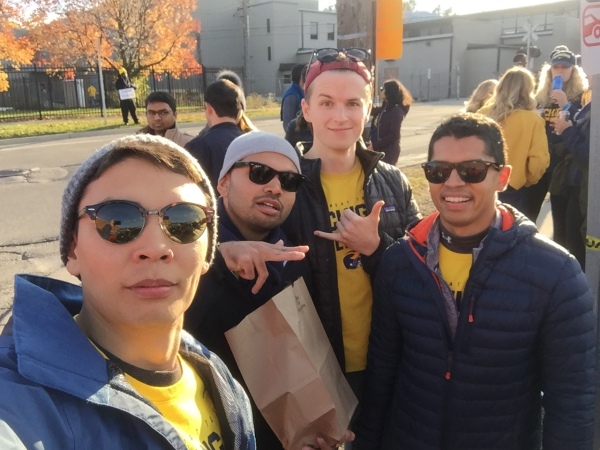
Saturdays are for the bus
This is the first full quarter that I’ve spent in the bubble of Ann Arbor, Michigan. Detroit, a mere 45 minute drive away, feels remote. Carving out time for reading, listening to podcasts, and running was my strategy to fight this descent into Michigocentrism but it was a losing battle. Much of this post will go over exactly how I lost that battle, and the remainder will anticipate my total absorption into the MBA life.
Retrospection
The overarching theme to Q4 was learning. “No shit Gautam! You’re in graduate school!,” you might remark. Learning has always been a presence in my life… the only difference is that rather being relegated to the background, it’s now an intentional process. All of first term was about getting used to the cadence: Fridays are for group work; Saturdays are for the Bus and Football; Sundays were for more homework and club work. Lazy weekends are so two thousand and late. This term I focused on learning every minute.
The pace of the MBA program does not afford opportunity to develop a deep understanding of the curriculum. A professor in one of my classes astutely observed that I’m in this program to develop a good hunch. Hunches (i.e. intuition) cannot simply be acquired – building a hunch is a very deliberate process that has to be nurtured. My modus operandi this semester was to dedicate time to disciplines where I want to develop a good intuition. What follows is a brief history of how that has panned out in my coursework, in my co-curricular activity, in my community-building efforts.
Coursework
My coursework in Fall B included the following (bolded courses are Core):
- Leading People and Organizations
- Marketing Management
- Financial Management
- Intellectual Property Law
I enjoyed this term more than Fall A because it was both more interesting and more challenging. Managerial Accounting, which many of my classmates took in Fall B, I will take in Winter A. As usual, there was a lot of teamwork in the core courses. IP Law’s pair optional assignments gave me the opportunity to collaborate with one other person. The great thing about this mix was that there was an even split between “soft” and “hard” courses.
Soft
My Fall A classes made it very clear that ambiguity is baked into most B School classes. Presented with a business problem, I am asked to assess the facts and determine the best course of action given the frameworks covered in class. In some courses the situation and facts do not automatically imply a unique approach to the solution. These are the “soft” courses.
I don’t mean it in a derogatory way. In “soft” coursework there is often a multiplicity of interpretations to the facts, which leads to a multiplicity of frameworks that can be applied. Consequently there is a spectrum of correct answers, and each answer that can be defended well which is equally valid. In some cases one set of facts may be so compelling that they make one interpretation overwhelmingly the correct answer, so sifting through the possibilities to determine the relevant details is important. The soft courses are entirely about developing a hunch about which facts are more relevant.
Marketing
I entered marketing class assuming that it was going to focus on advertising and how to get customers to buy more things. It wasn’t possible to be wronger. In the first 15 minutes of the first lecture, the professor pointed out there was a false equivalency between marketing and selling:
- It assumes that there is an exogenous customer. But marketing fundamentally is an endogenous process of finding the right customer and serving their demands.
- It ignores the fact that selling more of a product often only yields short term gain, whereas marketing is fundamentally about sustained profits in the long term.
In other words, marketing is the set of activities that allows a firm to serve unmet customer demands while achieving long term profitability. This is powerful! Strategy class also stressed the sustainable profits as the guiding principle, but the focus was entirely on market entry, M&A, creating bottlenecks in the industry value chain, understanding products/attributes, etc. But nowhere did it introduce the notion of a customer as being integral to the value creation process. Synthesizing the material from Strategy and Marketing, there are two important and complementary paths to long term profitability – one which involves doing things that will keep the customers coming back, and the other which involves keeping competitors and upstarts (and possibly even regulators) at bay. The customer-centric approach resonates with me a lot more than the corporate strategy approach. The approach is a presupposition to other thoughts swirling in my head about maximizing customer lifetime value, finding the right customer, etc. These problems were present in my prior experiences and marketing class introduced good frameworks to approach these issues.
Despite having great frameworks, there is still is a ton of ambiguity in each situation. Consider shopping for groceries, for instance. “Easily shopping for groceries” may be a customer need, but there are several equally good ways of attacking it. To systematically evaluate these ideas, it’s important to consider the company’s capabilities, how it currently positions itself to its customers, how its competitors position themselves and what strategies they adopt, what its current customers mix looks like and how it wants that mix to evolve. This is the 5Cs. Subsequently, the product starts taking shape, features are defined and value propositions are laid out, the channel strategy (how to reach customers) is determined, the pricing strategy is optimized, and promotion strategies are evaluated to get the word out or temporarily boost sales– these are the 4Ps.This is definitely standard coursework in most MBA programs, but the professor’s presentation and facilitation of the discussion made it extremely engaging; it helped me determine a strategy to fill in gaps in my intuition.
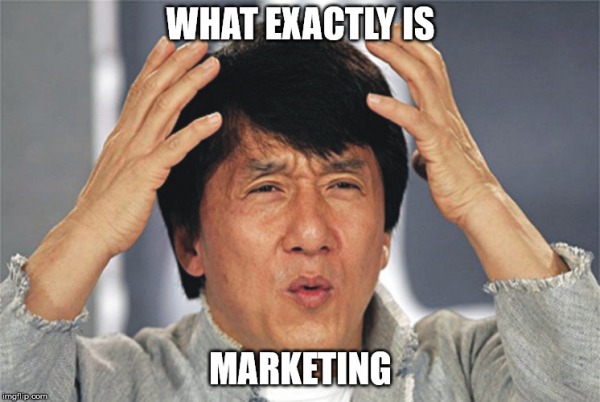
Leading People and Organizations
Leading People and Organizations or “the MO class” was the other of my soft courses. It introduced us to a variety of factors governing the effectiveness of individuals, teams, and organizations including, but not limited to: cognitive biases, team structures, decision making structures, organizational alignment, influence and social capital and negotiations. In other words it was our intro to the HR function. If the class was meant to introduce us to these issues and frameworks to analyze them, then it did a decent job. For instance, in the lecture for negotiations, we went over how to formulate a negotiation strategy when the stakes have a direct quantitative correlates, i.e. salary negotiations But introducing us to these issues cannot be the goal of this class! We all have encountered them in our previous jobs and we each have our own preconceptions of how these issues work!
Talent management is often quoted by CEOs as the #1 challenge for their organization. Clearly if this is such an important issue the class should own up to it! However, the class doesn’t seem to have a “core” (pardon the confusion.) There is no systematic analysis of the inputs, preconditions, and predictions of each model that was introduced in class. I would have loved to see a concise statement on the very first day that helped me tie all this material together, The models reduced to simple flowcharts with arrows going from one box to another, but rarely was there a systematic way of understanding inputs and outputs. For instance, when discussing motivation, we were often presented a flowchart that looked like this:
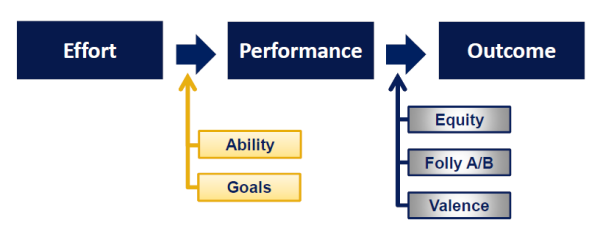
But there are so many questions that arise:
- This is a theory about motivation… where in the diagram does it imply motivation?
- What are necessary and/or sufficient conditions? What adds, what detracts?
- How does this model explain motivation that doesn’t arise out of expectancy?
The class got me thinking about ideas will be particularly useful during the MAP, summer internship, and our full time jobs moving forward, and I appreciate the priming effect. Ironically, though, I wasn’t motivated to try super hard. If there’s one business discipline that merits further a grand academic research program, it is human resources/capital.
Hard
In contrast to “soft” courses, “hard” ones are straightforward; the situation and facts you are presented necessarily limits the models that you can apply. Usually there is not much variance in the best course of action, i.e. there is a dominant strategy. Finance and Business Law were clearly in this domain.
Finance
I loved Finance. It built upon my knowledge from undergraduate economics coursework and independent reading. The two complementary goals of this class were to value different types of securities according to their associated cash flows, and how to analyze these portfolios composed of a mix of these securities.
Take the prototypical example of valuing a firm:
- If you have cashflows then simply discount future cash flows (or dividends) by the appropriate rate to find its value. OR
- If you lack cash flows, you can use a whole host accounting numbers, and back out the value of the firm.
Cashflows and accounting numbers are hard numbers – one set of assumptions should give you one and only one valuation not a multiplicity of them. I don’t have a lot to the discussion about what makes finance hard. Instead here are a couple of my key learnings.

Intuition for discount rate
That the interest rate on a loan is the lender’s opportunity cost is obvious. That a discount rate is a way of, well, imposing uncertainty on future cash flows is also obvious. That discount rates and interest move together is also obvious, for riskier projects both have greater interest rates and discount rates. What isn’t obvious is the invariable comparison between discount rates and interest rates; it often left me confused. One implied growth while the other suggested shrinkage; one is governed by the environment, the other is unique to the individual.
It made sense to think of the discount rate both from a firm’s perspective and an investor’s perspective. To the firm, the interest rate is simply called “the cost of capital.” The money it borrows from investors it will invest in a project with uncertain cash flows in the future which it has to discount back to today. The value of the cash flows that accrue to the firm from undertaking a project, should at least be equal to the value of the cash it has to pay out to the investor, which introduces an inequality. i.e. for a firm
discount rate ≥ interest rate.
At the same time, the investor wants to be compensated for the risk he/she is taking by investing in the firm. The investor should seek at least as great a return as the uncertainty that the firm is projecting in the future, i.e. for the investor
discount rate ≤ interest rate.
Combining the two inequalities together brings us the intuition for discount rate = interest rate. Another way to look at this equivalency is this equation which was laid out in class.
Required rate of return = cost of capital = discount rate
(investor’s perspective) manager’s view “general” concept
Intellectual Property Law
I have written previously about how law was entirely about structured thinking, and how the readings were both interesting and relevant to Business School curriculum. It did a good job of exposing the complexity, but abstracted away a lot of the detail. There were two interesting and recurring themes in how the professor motivated content for various lectures.
Competing goals
Throughout the class the professor reiterated the notion that IP protection’s main goal is to promote both diversity and competitive market place, and the means to achieve that goal is by promoting creativity AND simultaneously allowing public access to the fruits of that creativity. But these are competing priorities. Eminem is happy to produce new songs because copyright law ensures that nobody else can steal his songs and market them under his/her own name. But at the same point, we want posterity be able to use the song unencumbered, perhaps in a creative remix, in an art installation, etc. This explains temporal limits of copyrights. That this dichotomy underpins all IP law was a revelation to me because all we often hear about in the public discourse is “protect your ass” narrative (i.e. file a patent so that can claim first-to-invent status.)
Analytical frameworks
The course also did a great job of introducing very specific analytic frameworks to identify intellectual property rights issues. Pre IP-Law Gautam simply assumed that the complexity f legal interpretation scaled with the number of thick leather-bound books in lawyers’ offices. What makes a lot of sense in retrospect is that the same rule-based-decision-making framework used in other disciplines can be extended to interpretation of the law. This is a simple but powerful approach. It means that when deciding many different cases about intellectual property, the court can go back to a standard process to evaluate the facts and arrive at a decision. This also means that plaintiffs and defendants must consider structuring their arguments in a way that makes sense given these analytic frameworks, or call for a new framework altogether should the situation demand one.
Here are some examples. Want to sue someone for:
- Trade secret misappropriation? Step 1: Show that there is some value in keeping that information secret. Step 2: Show that reasonable steps were undertaken to maintain relative secrecy (absolute secrecy is not necessary!)
- Trademark infringement? Step 1: Show that the Trademark is valid. Step 2: Show that you are the “senior” user of the trademark. Step 3: Show that the Defendant’s use of the mark use
That wraps up my coursework for this semester. 4 Classes. My grades in each course were satisfactory, and in spite of my pleas about not understanding marketing, evidently my grades were good which gives me a lot of joy.
Extracurriculars
It is simply impractical to feel bored in an MBA program. This quarter, all my free time was allocated to case competitions, networking, and community building.
Case Competitions
I’ve probably made this comment before on the blog (maybe this very post!) but my skillset has gigantic holes the shapes of a variety of disciplines. Classroom learning is great, but six weeks per term is a very short time to understand a discipline. My approach to overcoming this conundrum was to participate in case competitions to apply the material from class. My case competition efforts were all focused on marketing, because I wanted to apply it with others and figure out how much was really sticking. Below is a recounting of the case competitions I participated in.
SC Johnson/Ziploc
Consumer packaged-goods (CPG) or “fast-moving consumer goods” (FMCG) companies are having a hard time growing lately. Consumer tastes are changing fast, new distribution models are upending the retailer-dominated story of the past, and retailers themselves are very comfortable rolling out private-label products that eat into the margins of branded products. Some Ross alums from Ziploc came back to campus to see what ideas current students had to help them grow.
When working on this competition it helped me to think of the “job to be done” framework. What is the job that Ziploc currently helps consumers solve? Taking food as constant, Ziploc products help you:
- preserve leftovers from your meal.
- transport food from one place to another (eg home to school.)
- organize your pantry and/or fridge.
All these use cases boil down to storage and/or transportation of food. There are a TON of other jobs to be done for food storage/transportation that the Ziploc brand can immediately solve:
- B2B: deli meats and other prepared foods in grocery stores need to be stored in easy-to-transport containers
- B2B: restaurants need reliable containers to deliver food
- B2C: meal preppers need to store a lot of food in freezers then microwave them at the point of consumption.
We then used 5Cs framework to evaluate each of those ideas and iterate on them to determine which makes more sense. My team pursued something completely different that would require substantial investment from SC Johnson. We didn’t win, oh well.
Salesforce
The Salesforce competition was quite different. Salesforce had already figured out a new market with a lot of growth opportunity and had developed a product for it. But they were struggling to get the messaging across to the target customers. They wanted MBAs to evaluate opportunities for improving the messaging, benchmark the messaging against competitors, etc. It was a 4Ps, particularly a “place” analysis: the product, pricing, and promotion strategy were not in scope.
There was a LOT of data to evaluate… industry analysts, existing pitch deck templates, product websites, competitor websites, and twitter/LinkedIn/magazine links. We also had to consider opportunities Salesforce’s direct marketing activities, as they work with implementation partners like Accenture and Deloitte who take on demand generation, and are educating customers about the product. However, while firms who might be interested in this hiring consultants are all large and have a lot of cash to invest in digital transformation, most of Salesforce’s customers are small-medium enterprises.
This part of marketing is the most challenging. Unlike the product, over which you have complete control, and the pricing/promotion, which can be mathematically analyzed, the “place” needs to entirely resonate with the customer; you need to understand the customers’ pain points, understand how the product solves those pain points, and then convince customers that you are able to foresee challenges that arise in the future… and then some. A company like Salesforce has a LOT of competitors, particularly some “best of breed” systems that work really well for a particular niche. So they need to stand out from the competitors as well. Many companies get this part wrong by saying “we are better than the competitors because…” but perhaps they would be better served by messaging that speaks to the customers problems.
Net Impact
The last one was the Net Impact competition. Unlike the other two, this was not sponsored by a company; instead it was the William Davidson Institute at Michigan, whose goal is to promote thriving businesses in low-income communities, particularly in the developing world. The competition was organized by a couple of friends who lead the Net Impact club – one of them is super interested in food access issues, and chose a somewhat “familiar” environment.
The case prompt was an expansion strategy for Whole Foods in Detroit. A couple of years ago, prior to the Amazon acquisition, Whole Foods opened a store in Midtown Detroit. The new store was under the auspices of a wider Detroit Revitalization initiative and was a significant investment in the city as the store sourced produce from Michigan farmers and other local businesses. However, there was also significant backlash. The store and other investments in the Midtown Detroit areas caused property values and taxes to soar, pricing out local residents. The assortment in Whole Foods was also widely perceived as unaffordable for a majority of Detroit residents, many of whom live in poverty. The goal of this expansion strategy was not only to generate incremental revenues for Whole Foods and carry forward its mission but simultaneously mitigate the negative consequences.
Our team for this competition was fantastic. My teammates were great about framing the problem. We couldn’t really get solid traction on any one idea but the way we framed it constrained out thinking and ultimately helped us abandon several ideas which sounded sexy but didn’t really address the multitude of challenges that presented themselves. We came in third!

Third place at the Net Impact Case Competition!
Networking
Networking is the #1 activity of B school. There’s no escaping. But what if I don’t like it? Fake it till you make it is the advice that often gets bandied about in the halls of Ross. It doesn’t mean disingenuous, perhaps, but it’s really hard to fake it. My approach is to not have to fake it… to make it in a very natural way – by reaching out to alums and others in the industry, getting to know current students, and trying to connect with others. It’s paying off: It’s helping me have more thoughtful conversations and pay attention to what resonates with people. All stories have to be crafted and shared with a ton of people before it can be polished.
Genuine Curiosity
Networking for the sake of networking is useless. It is hard to prepare for and ask meaningful questions. It wastes everyone’s time, it is inauthentic. It shows when you’re just doing it for the sake of checking off boxes, not because you are genuinely curious to get to know the other person. I’ve been thoughtful reaching out to people. Since I’m really interested in customer-facing roles within technology, and I’ve been reaching out to alums doing Sales and Customer Success. It’s been easy to find the connection there, as our journeys are fairly unique, and we have to structure them independently of the resources available in our Career Office.
Community Building
The greatest thing about the MBA program is the opportunity to meet a lot of people. But two years is very little time to do it. Meeting and learning from 400+ classmates, not to mention the MBA2s and next year’s MBA1s, while investing in my own career and intellectual growth is hard. In my undergraduate days, the friends circle was very close but very tiny. It was mostly people I lived with plus a couple of others. Ross is likely going to be the last time I will be on a university campus at a full time academic program. It will likely be my last opportunity to develop meaningful depth and breadth of relationships. After graduation, I want to be able to call back friends, keep in touch with them as their career evolves, and get to share each others’ world with them.
Running
Detroit Marathon

Successful finish to the Detroit Marathon!
Running in Q3 was almost entirely about training for the Detroit Marathon. It was about putting in a lot of solo miles every day of the week. Running with others involved doing medium runs and track workouts with friends who were racing with me. Race day, October 21, was a great day overall! One Rosser BQd with a 2:59:56 finish. Another finished 8th at the Grand Rapids marathon, pulling off a 2:38:xx finish. Amazing, inspiring classmates they are! Not such a great day for me. The first 20-21 miles were great, but it deteriorated fast once the course turn left to get onto Belle Isle. I just wasn’t prepared to maintain a 7:45-7:50/mile pace for 26 miles, it turns out. It was a struggle to keep warm, as it was the first cold and windy day of the year. Running out of juice coupled with the cumulative sweat of 20 miles didn’t help. Finishing time: 3:38.
Post Marathon Socials
It was time to ease up on the running after the race. Nearly 3 weeks of nothing. When a friend was looking for motivation to go on a run, I felt ready to get back into it and was happy to be her accountability buddy. We found some free time on our calendars, and dedicated a block of time to hitting the streets rather than make vague promises to run with each other at some point in the future. That process has worked well with others. Being deliberate about health and setting some time aside on the calendar helps me plan my day around the run and makes it a very intentional activity; it is a great environment share your joys and frustrations with friends in a thoughtful, constructive way.
Only one in ten of my runs have been solo. I’ve been out with nearly fifteen different people in the last few weeks. Some are great to talk run with on a steady long run. With others it can be a steady 45-minute effort, most of it done in silence. I intentionally schedule some time with a couple of guys who are very fast, whose “easy” effort is a tempo effort for me. Hanging along with a friend for 7:30 miles the last week was exhilarating; perhaps more such runs are in order for the next training cycle.
Dinners

Thanksgiving Dinner at the Casa
I’ve also been hosting small group dinners (5-6 people) on Friday night with my classmates. My goal is to share a meal with each person in my graduating class. I’ve set this goal for two major reasons. The first is that making food for myself feels like a chore, but making food for others feels rewarding. But the more important reason is to invest in getting to know my classmates! I really want to get to know most people in my program, this is my creative approach to my problem. People easily connect over drinks and food. There are already tons of opportunities to connect over drinks, but not so many structured ones to connect over food. Finding this opportunity, I’ve gone about making it my own. So far about 45 friends have had some interesting Indian-ish meal. After dinner my guests get a survey in they can write about what went well what could be improved, and to nominate two people who I should invite for a meal. This my dinner circle grows organically!
Anterospection
Around labor day weekend, Nike released this ad:
https://twitter.com/Nike/status/1037387167331364869
I’ve been thinking about it quite regularly of late. Without going into too much detail, I’ve always been reasonable in my life. In all the conversations with my classmates, the ones who impressed me often (always?) did unreasonable things and lived to tell the tale. Perhaps it’s time for me to get rid of that reasonableness constraint. What do I have to lose by not being crazy enough?
There’s a lot to look forward to in the upcoming quarter! Let me dive in straight into the details.
Internship
My MBA essay focused on my desire to work on technology products. I still want to, but whether I want to pursue that via product management or something else is what I’m trying to determine. As fascinating as the customer-centric perspective that product managers espouse, it strikes to me as very abstract. Often product managers seem to be understanding an abstract “customer” in the form of a million data points. But this arms-length interaction with the customer is not real enough to me… In my humble opinion, PMs who really understand the customer well interact with them and understand the economic, emotional, and external reasons why customers adopt and use products. It almost seems like rather than starting off as a PM, it would be beneficial to start in a function like Customer Success and then transition to PM or Marketing.
Having worked in B2B environments I am reasonably confident in my desire to focus on that environment for the rest of my life. Consumer tech is great but it does not inspire me. The exact rationale I have not thought out in too much depth… perhaps that’s for another blog post. But if you really asked me to cough up a reason, it is twofold. The first is that I don’t think of myself as the typical consumer. I’m not really one to be invested in a brand. For a couple of years my running shoes were moved to Mizunos because of the excellent support they offered; when it came time to switch to something lighter to move faster, Saucony became the best choice; recently the adidas Adizero Adios line has proved compelling, not only because they are light but they are on sale because they’re being discontinued. In other words, it’s always been a feature or a price point that drives the purchase decision. Secondly, the ad-revenue driven model that pervades consumer tech is uninspiring. The applications and platforms that have given us better ways to connect with people have undoubtedly been good in some respects, but I worry that that the rich data collection programs that underpin these models are unsustainable in the long run. I get that brands are always going to try to create compelling stories that resonate with consumers. But when it results in an environment where every last ounce of consumer behavior is tracked, and makes privacy a dispensable concept, I worry whether society can agree to this model indefinitely. It is having its golden years right now – who knows whether 20 years from now it will continue to do so? All that said, perpetuating that world.
Coming back to my internship strategy, opportunities in B2B companies/products make the most sense for me. I only have 12 weeks to work on a fantastic project for the internship – to me it is not nearly enough time to build a solid intuition about a new industry or an entirely new set of problems AND then deliver great insights and recommendations to my sponsors. For the internship, it makes a lot of sense to stick within the health/tech industry because it helps me overcome the hurdle of understanding the industry. At least that’s what’s going on in my head right now. We’ll see how it evolves by the time end of March rolls around.
MAP
MAP openings were published recently! For those NOT familiar with MAP – Ross requires each student to work on an action-based learning project in the last term of his/her first year. This is a full-time project with a real deliverable: they involve go-to-market strategies, marketing tactics, financial models, business plans, and overall corporate strategy. They are all high visibility, with sponsors ranging from directors to founders/CEOs, sponsored by a variety of organizations – large companies, small pre-revenue ventures, and non-profits/governmental organizations. They apply with projects for groups of 5-6 MBAs to work on, and most of them sponsor travel on site. There are 100+ projects sourced. Many are from organizations that have done a project in the past, and several that have gotten referrals from their networks.
I’ve struggled with figuring out what I want to do for a MAP. There are simply so many cool projects! Many are relevant to help me fill in the dots from my past career to my future. Pursuing such projects would be a great way to determine whether it would be enjoyable to be a part of a specific firm culture, or focus on a new industry vertical (eg. Education.) But there are also several projects which are super high impact that I might never work on after graduation… or, well, working on these projects might involve a significantly bigger transition and a longer commitment, and would likely need to “make sense” for me financially and from a career-progression perspective.
We pick 15-20 of the 100+ projects we are interested in and rank-order them. From my conversations with folks form the previous year, you usually get one of the top 5 picks provided you make a decent case for why you are interested. I’m very inclined to prioritize the “interesting” opportunities ahead of the “fill-in-the-dots” ones. Only a few days to decide. By the next update, my MAP will have just started, we’ll see what I have to say then!
Ross Open Road
Another quintessential experience of the Ross MBA is Open Road: a month long road trip by teams of 4 MBAs, who work on week-long projects with social impact entrepreneurs and community organizations on a business problem. Unlike MAP, only part of the projects are sourced by the University; we get to pick two of the four. As we build a team we get to define a “theme” for our Open Road experience. The great thing is that I already have a team! We have a great mix of skills and experiences among the four of us. We are excited about what we can accomplish! Assuming our application goes through, it will be a busy May! We will be on our trip right after the end of MAP, all the way through Memorial day weekend. The internship starts shortly afterwards.
Conclusion
The last quarter has been a blast. The coursework has been great, and I’ve gotten to learn a variety of things. Marketing and Finance were really enjoyable for entirely different reasons – the former challenged me every single day, the latter helped me put together a lot of disparate ideas. Case competitions were great opportunities to help me put some of those newfound learnings to use and demonstrated just how hard it is to really understand and practice this material. Working in teams also gave me an opportunity to get to know people outside of my classes. It’s been really rewarding to collaborate with people I’ve only known cursorily, and I’m always amazed by the level of commitment everyone has displayed for the projects we have participated in. I’m looking forward to getting to know more of my classmates through my dinner and social runs. Just a couple of these updates from now, I will be in the middle of my internship!
